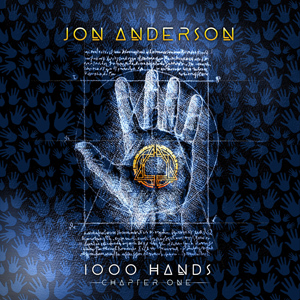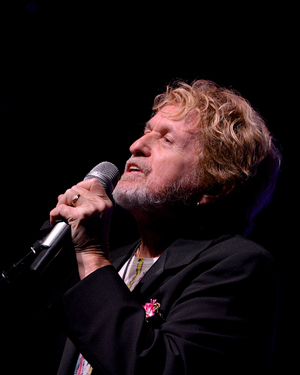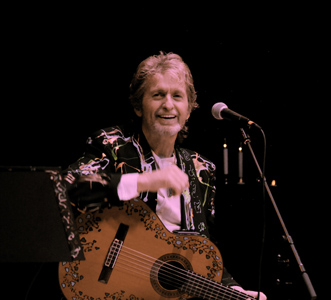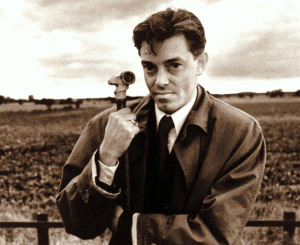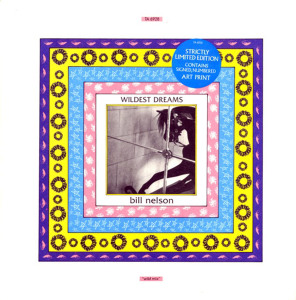(ESOTERIC RECORDINGS/CHERRY RED RECORDS; 2020; 2018)

When Jon Anderson and Chris Squire first formed Yes in 1968 in London, they talked about their vision for a new style of music: melodic, layered and poppy like some of the major groups they loved – The Beatles, Byrds and Simon and Garfunkel among them – but perhaps more expansive somehow, more dynamically rich. I seriously doubt they had anything like CLOSE TO THE EDGE in mind back then, as that sort of leap only became possible with the incredible level of musicianship brought to the group by Steve Howe, Rick Wakeman, et al. But yeah, they were thinking big. And their flair for melodic, commercially appealing classic rock was always present in their sound, no matter how Topographically expansive it got. These two solo reissues (we’re rather tardy getting a review up for Squire, but hey, it allows us to do this informative combo piece right now!) are terrific illustrations of the kind of diverse sonic stylin’ each musician felt free to do outside their mother group. They’re filled with craftsmanship, imaginative arrangements and an obvious love for romantic yet far-reaching pop rock ‘n roll.
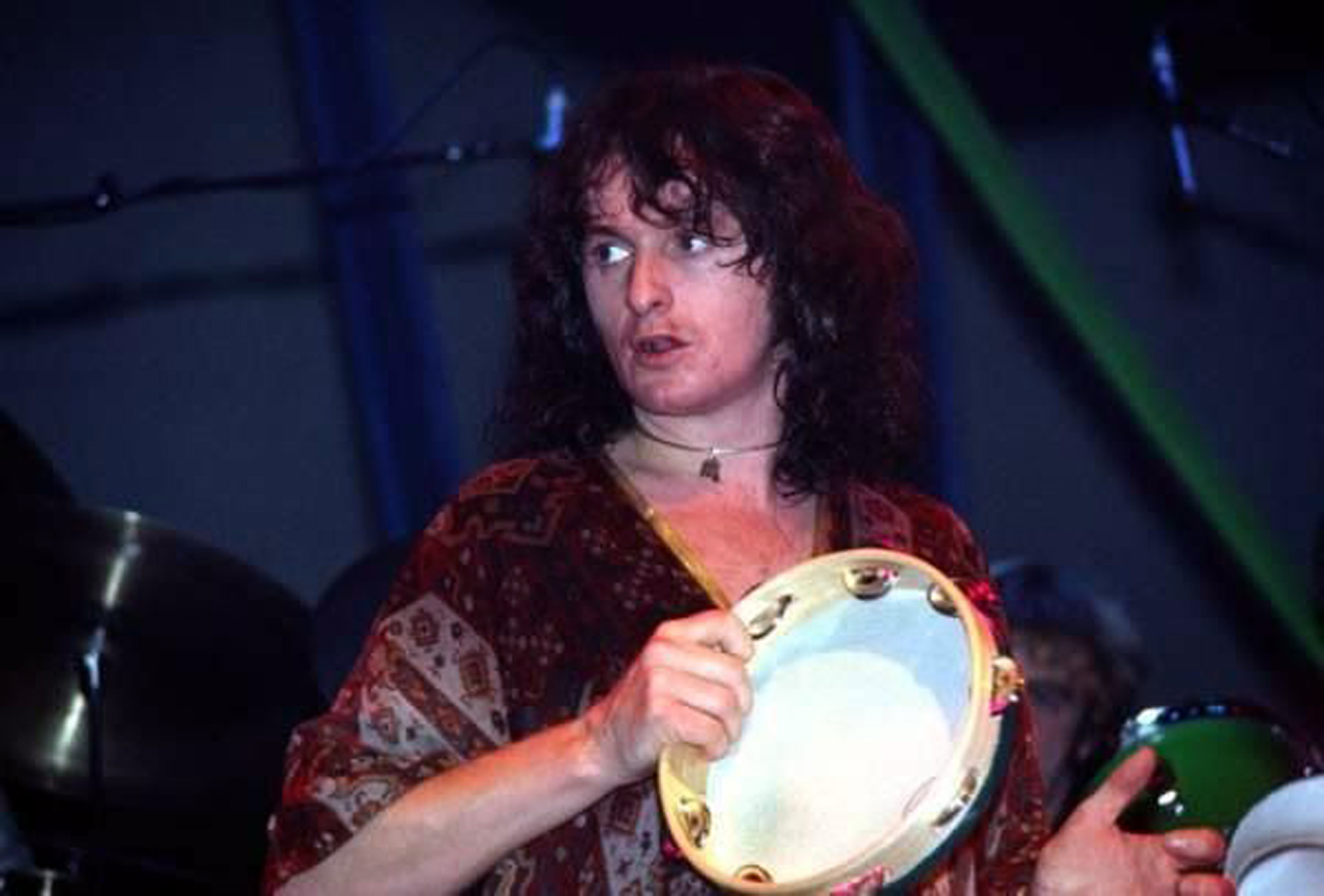
SONG OF SEVEN was NOT Anderson’s solo debut; he’d already released the ethereal and somewhat esoteric OLIAS OF SUNHILLOW during a Yes break when all five members made solo albums. That album was sort of what you might have expected from ol’ Jon at the time… cosmic, spacey, drifty. Not so with SoS, though. What are fans of epic Yes to make of Jon singing lines like “Don’t forget I always want you by my side/Baby, by my side/Oh yeah, yeah, yeah… ”? Is this really the same guy that wrote “Dawn of the light lying between a silence and sold sources/Chased amid fusions of wonder…” etcetera? One and the same, yeah, yeah, yeah. Jon seemed to at least partially rebel against his “out there” image on some of the tracks here. He wanted to get straight to the “Heart of the Matter,” the title of the most conventional rocking song here. If not for that instantly recognizable high voice, this could be the kind of mainstream rocker, complete with breezy backing vocals, that any number of today’s more formulaic male artists might serve up. It’s upbeat to the max, and our hero even talks about getting his baby in the “back seat of my car,” which is sort of beyond belief if you stop to think about it. This ain’t Yes by a long shot! “Everybody Loves You” sounds a bit like Trevor Rabin-era Yes, with a normal chorus (“Everybody loves you/But I just love you a little bit more”) and an airy, sweet arrangement. The real gems, though, are “Take Your Time” and “Days.” The former is contemplative and relaxed as Anderson warns against rushing around too much and losing sight of the simple pleasures of love and enjoying each day. It’s short and agreeably low-key, making for one of his most enjoyable solo songs ever as a result. And there’s a nice keyboard bit and some fetching bass also, courtesy of John Giblin. Then comes the gorgeous “Days,” a Yes song in all but execution. It’s up there with “Wonderous Stories,” a recitation of nature imagery and the art of soaking up the beauty to be seen all around you, perhaps on a perfect spring day. There is no one better than Jon Anderson at this type of thing; you can just see him standing outside watching swallows circling, young deer sauntering through ferns in the mist, the aroma from the garden filling your nostrils… “The days are blessings,” he sings, and who would challenge the sentiment? Beautiful, and it’s followed by a harp solo, perfectly executed. This leads into some lush strings and the title epic, which is in a whole nother league from the earlier trifles I mentioned. In a piece that crosses the 11-minute mark (arguably a few minutes too long), with lyrics about how “everywhere you look you release parts of your senses/And everywhere there’s purpose and answers to all your dreams” as well as the line “starlight… telling me there’s something else to cling onto,” you get the trippy Jon most of us have come to cherish (or not)… he builds and cycles ever upward towards some lofty realization of the meaning of it all. There’s also a dazzling Clem Clemson guitar solo or two that sound like Steve Howe a bit, and some childlike voices joining in. This stuff isn’t for everyone, mind. Anderson’s core music requires you to lose your cynicism to fully enjoy it. But at least two thirds of this record is truly winning, and shows our prog hero loosening up quite a bit and demonstrating he can let his hair down when he wants. Sure, Anderson can be cloying here and there but damn, this guy loves music and life, and with his staggering body of work he’s earned the right to do whatever the hell he wants. And on this record he wants to just sing odes to the beauty and ultimate goodness of it all, including gettin’ down with your baby (and perhaps BABIES). You got a problem with that, head elsewhere, pal… This reissue does NOT offer much in the way of extras, though, just a couple of US single edits of “Some Are Born” and “Heart of the Matter.”

Chris Squire’s 1975 opus, FISH OUT OF WATER was his only major solo release, and as such earned plenty of attention. It’s a solid, compelling five-song disc showcasing both his legendary bass playing skills and his thin but pleasingly sincere vocals (Squire’s ability to serve up harmonies that perfectly complimented Jon Anderson made for part of that trademark Yes vocal sound). “Hold Out Your Hand” was a fairly popular single, balancing Squire’s fluid bass runs, some Wakeman-style organ (from Barry Ross and Wakeman’s replacement/predecessor, Patrick Moraz) and a bracing melody and arrangement. “You By My Side” is more pedestrian; a Yes veteran shouldn’t be writing stuff like “You know I love ya/I can’t be without ya/When I’m alone, I still feel this way about ya.” T’aint “Roundabout,” that’s for sure. To be fair, some lush orchestration later in the song improves things, and there is no doubting Squire’s melodic flair. As on Anderson’s disc, Squire also has an 11-minute opus for us after that, and it’s a doozy. “Silently Falling” opens with a gorgeous bit of old-fashioned classicism, with keyboards, flute and the like. Squire sings with a kind of achingly romantic tenderness, and his bass surges underneath the whole thing in that familiar Yes manner. Indeed, this whole thing sounds like Yes although without Anderson’s mystical tendencies. There’s a long keyboard-driven section that rocks but gets a tad repetitious, although you won’t mind if this aspect of the Yes sound is your thing. But Squire’s band cooks up a storm, that’s for sure. About halfway through, there’s a nice quiet passage, then a different section where Squire mostly sings “silently falling” over and over. You can picture him being lost in the majesty of the proceedings here, and it’s indeed substantial in that prog rocky way. “Lucky Seven” adds a bit of funk, introducing horns (not all that transcendent in my view), a nice Bill Bruford performance on percussion, and a decent string arrangement. Squire again sings mostly in a low key manner, which helps, since the music here isn’t always subtle. “Safe (Canon Song)” is the 15-minute magnum opus that rounds out the record, and it’s the most meaty and adventurous Squire solo track to date. Let me just say that the first minute and a half of this song struck me, when I first heard it long ago, as among the most beautiful passages on any rock record ever. The strings and piano are simply gorgeous and Squire’s plaintive vocal, opening with the phrase “When your savior lets you down… ” achieves an understated perfection. The music swells and flows, revealing the kind of powerful sense of purpose that Squire brought to many a Yes album. I simply love the verse where he sings “When you’re faced with all those doubts/Have no fear/When the changes come about/I’ll be here/I’ll be waiting beside you/To shelter your heart/Like a ship in a harbor… You will be, safe with me.” There is something so transcendent about this part of the song; it may well be the most soaringly romantic moment on any Yes solo album so far. It’s followed, then, by a particular series of notes that is repeated over and over on different instruments, including the string section. Squire plays one of his patented bass riffs to contrast with this semi-classical arrangement, squeezing out multiple variations of the same two or three ideas. Kudos to fine keyboard work by Moraz, Rose and Andrew Pryce Jackman as well. The piece lumbers along, taking no prisoners, and your own patience level will determine if you’re still digging it by the 10-minute mark or so. Myself, I am in awe of the sheer moxie it took to arrange this densely orchestrated beast, especially since Squire began it with such delicate beauty, and then gleefully allowed it to become this gargantuan epic of sonic razzle dazzle. It’s musically rich, and it helped FISH OUT OF WATER become one of the most popular Yes solo albums, one that still holds up nicely.
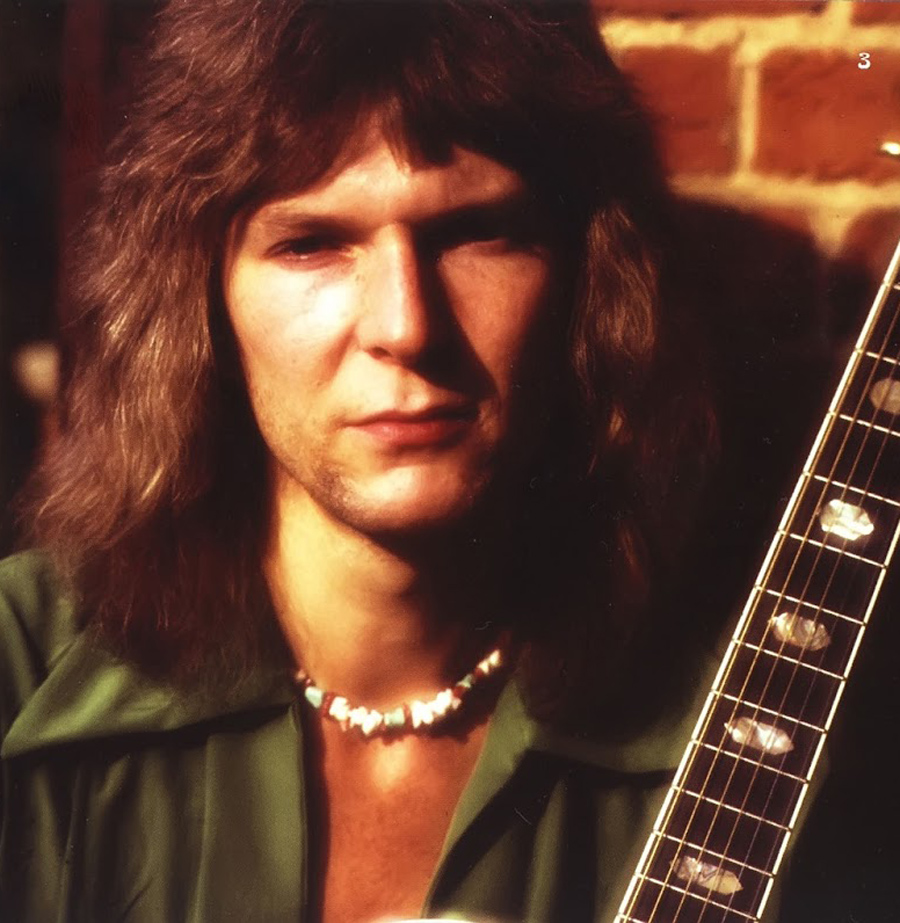
Disc 2 of this reissue includes the one-off Squire and Alan White collaboration “Run With the Fox,” which turned up on one of those Yes box sets sometime back. It’s a charming but unlikely Christmas song, full of seasonal exuberance and whimsy. Appearing with it is the seldom previously heard instrumental version called “Return of the Fox,” the B side of the original 1981 single. Although interesting if you like this sort of thing, it doesn’t really add much in terms of enjoyment. But the track with Squire’s vocal is undeniably a charming little ditty. You also get edited single versions of “Lucky Seven” and “Silently Falling,” although that latter piece is substantial enough that cutting it down to single size is a bit of an aesthetic insult. Still, Squire at least gave us one classic solo album before he died, to go with all the masterful, groundbreaking Yes compositions he had such a huge role in helping to create. Any true Yes fan probably should have this in their collection if they don’t already.

